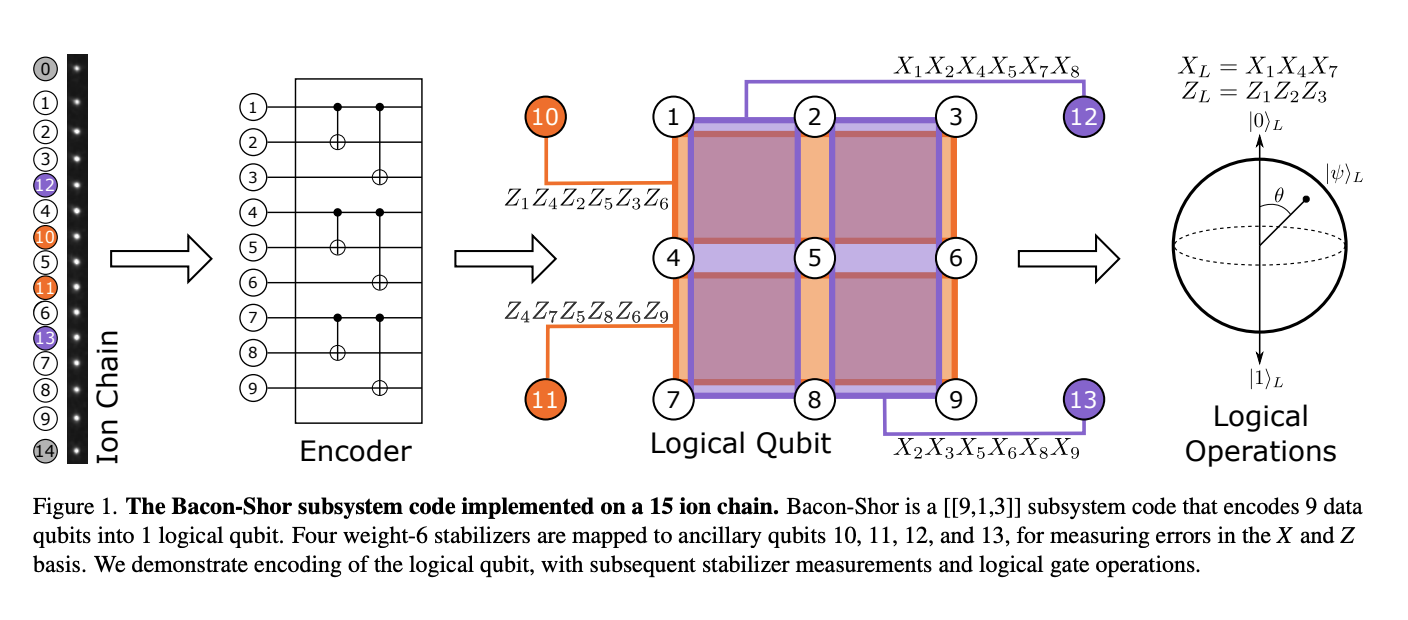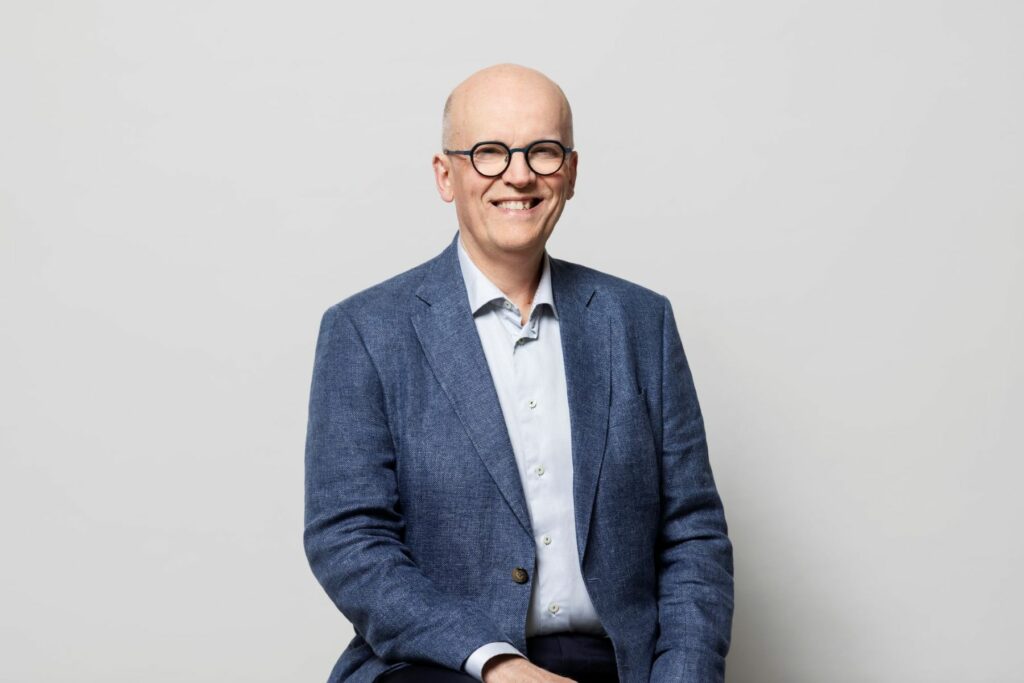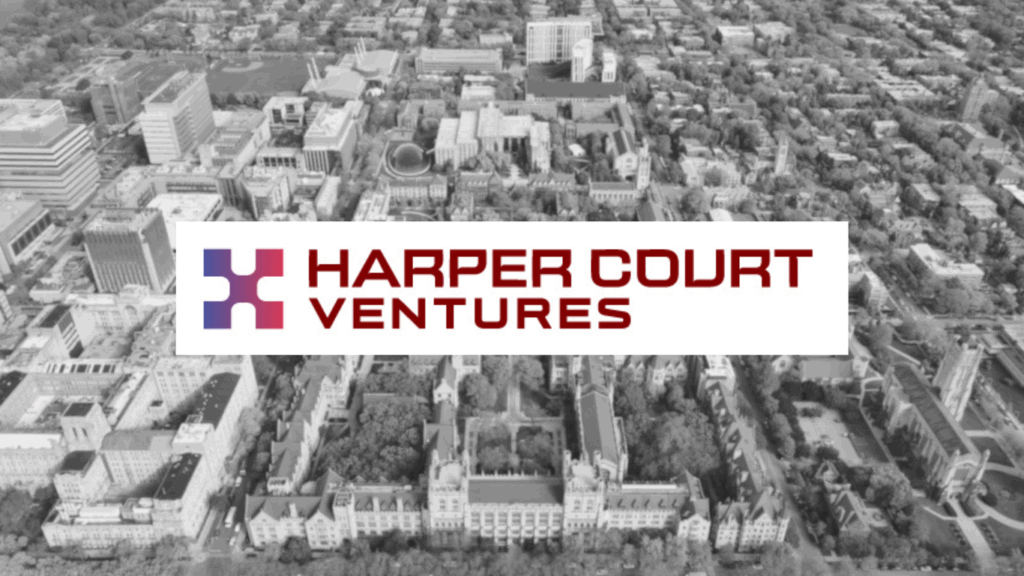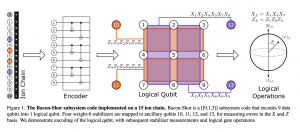
A team of researchers say they’re a step closer to fault-tolerant quantum devices, a key factor in building practical quantum computers.
In a study, available on Arxiv, the researchers report they experimentally demonstrated fault-tolerant preparation, rotation, error syndrome extraction and measurement on a logical qubit encoded in the 9-qubit Bacon-Shor code. They added that the result is an encoded logical qubit whose logical fidelity exceeds the fidelity of the entangling operations used to create it
In the paper, the researchers said, “These results show that fault-tolerant quantum systems are currently capable of logical primitives with error rates lower than their 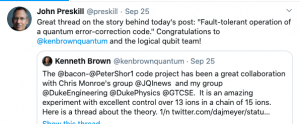 constituent parts. With the future addition of intermediate measurements, the full power of scalable quantum error-correction can be achieved.”
constituent parts. With the future addition of intermediate measurements, the full power of scalable quantum error-correction can be achieved.”
Theoretically, quantum computers could solve problems in speeds that classical computers cannot achieve. The researchers add that some areas that quantum computers could solve models of important physical processes, optimize complex cost functions and challenge cryptographic methods. However, the failure rates on quantum computers are currently too high to to achieve these results in a practical sense.

The team embedded the 9 data qubits and 4 ancilla qubits of the BaconShor-13 code in a single chain of 15 ions.
According to the researchers, future research will look at demonstrating a tranversal CNOT logical gate that outperforms a two-qubit gate.
“This experiment should be possible in the current system given that two-qubit gates on 23 data qubits have recently been demonstrated,” said the researchers. “Additionally, multiple rounds of error-correction can be achieved by breaking the ion chain to perform mid-circuit detection48 . This shuttling will likely require sympathetic cooling schemes, which have been previously demonstrated and can be readily implemented in this system.”
Arxiv is an open-sourced website, but is not a peer-reviewed publication. The site, however, does allow other experts to debate the merit of the work.
The research team included Laird Egan, Marko Cetina, Crystal Noel1, Andrew Risinger, Daiwei Zhu, Debopriyo Biswas and Christopher Monroe, of Joint Quantum Institute, Center for Quantum Information and Computer Science, and Departments of Physics and Electrical and Computer Engineering, University of Maryland, College Park; Dripto M. Debroy and Kenneth R. Brown and Michael Newman, of Duke University; Muyuan Li, of the Georgia Institute of Technology.
For more market insights, check out our latest quantum computing news here.

